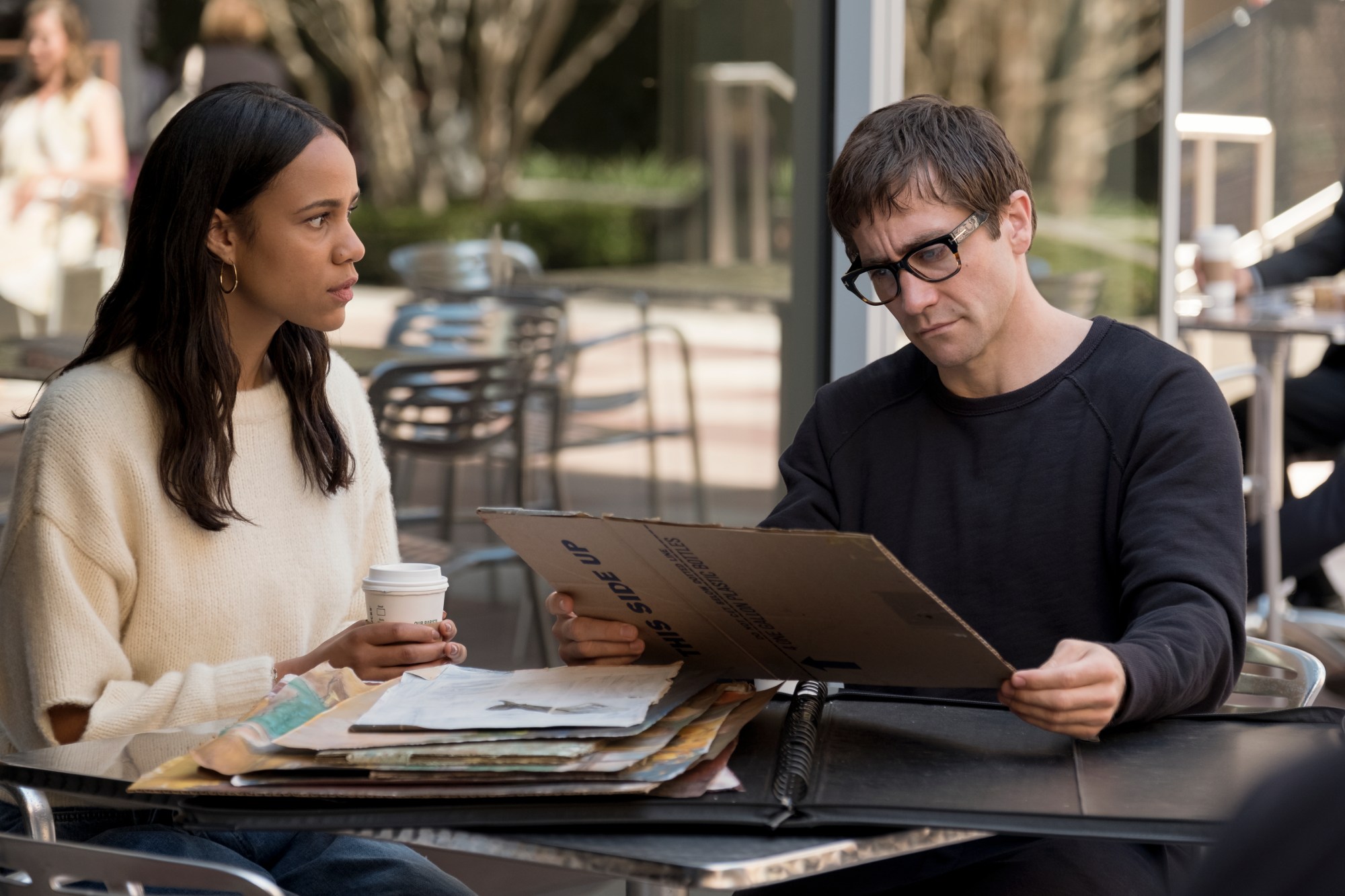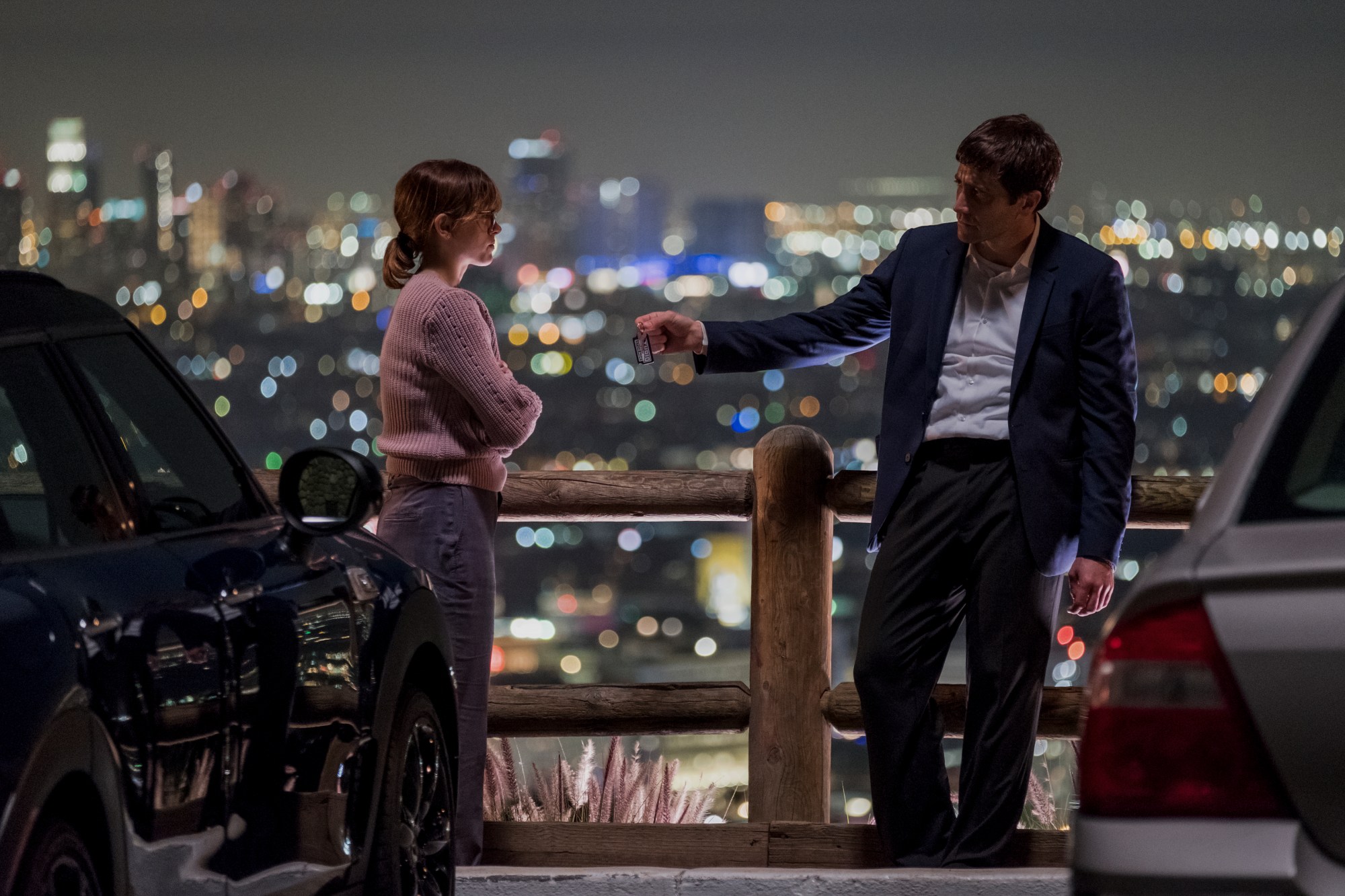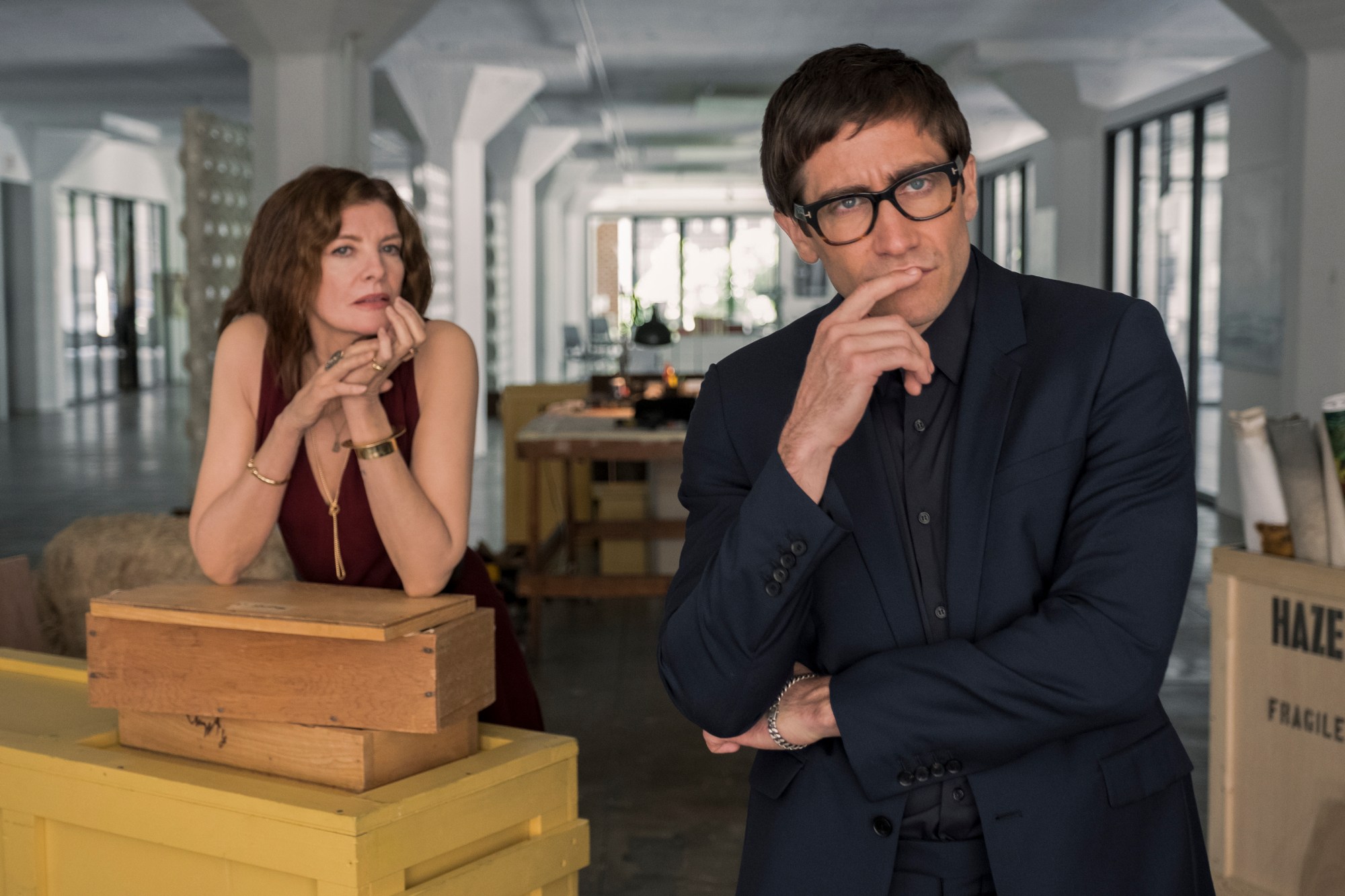Los Angeles is without a doubt haunted as hell. The ghouls of cowboys and starlets wander aimlessly, rubbing shoulders with aspiring comedians and would-be actors in rundown bars and aging theatres alike. It’s a city of illusion that shows its mechanics a little too often. As our patron saint Eve Babitz put it, “Los Angeles isn’t a city. It’s a gigantic sprawling ongoing studio. Everything is off the record.”
Los Angeles is an empty place where your social scene exists by way of its car culture: you only have to see the people you want to and easily ignore the rest. It’s a town of streets, niches and dark bars. If LA isn’t haunted by the ghosts of its past, then it’s certainly haunted by its current crowd. There’s an echelon of the art world where even angels fear to tread and it’s not always particular to region.
In Dan Gilroy’s Velvet Buzzsaw, a “horror film art world satire” about an LA-based critic who, along with his pretentious art world milieu, unravels and meets a gory end after obsessing over an “important member of the outsider school” — an unknown artist who died in his apartment — there are less specifics about the Los Angeles art world than there are universals regarding the art world at large.

The critic, named Morf Vendewal, played by Jake Gyllenhaal (who spends an inordinate amount of time nude, pacing his glass-walled modern house — no complaints!) is a make-or-break art critic who can’t stop critiquing in a mid-Atlantic accent. He even critiques the wood panelling of his colleagues’ casket at his funeral (“It’s my job, I’m selective!”). His and other characters’ platitudes are shallow but florid (“Before the sublime, the whole body quivers!”) while slithering against each other in constant power play (his most threatening line: “I’m writing an article about this!”).
After assistant gallerist Josephina (played by Zawe Ashton) lifts a trove of macabre art from the apartment of her dead neighbour Ventril Dease, her boss and anyone who lays eyes on it is supernaturally transfixed, unable to contain their rabid fascination with the previously unknown artist’s work. (The prop paintings are hilariously mediocre takes on folksy, vernacular art, an insult all of its own.) Everyone scrambles to lay claim to the new body of work and then people start to die. Velvet Buzzsaw follows a classic horror film story arc, and one by one arty people are brutalised in mysterious ways: an art preparator is pulled into a painting of monkeys, a Simchowitz-esque gallerist is hung by his jaunty scarf in an installation of a barn, Toni Collette’s character, Gretchen, gets her arm shredded inside a giant Jeff Koons-ish silver sphere, Josephina is subsumed by graffiti art (lol) and Morf gets his neck snapped by a mechanical sculpture named Hoboman after Jordan Wolfson’s Female Figure (on view now at The Broad!). And the poor young intern-slash-assistant is the one to find all the bodies. It is guaranteed she is not paid enough for any of this. It’s a classist revenge fantasy in which the spirit of a crazed outsider artist terrorises the art world that’s equal parts satisfying but also, too much on the nose for satire and not campy enough for gory horror.
Dan Gilroy’s Los Angeles is a world of vapid darkness with opportunistic characters, and Velvet Buzzsaw is no different. Most scenes happen in storage rooms, underlit apartments and dark nights in lightless parking lots (very LA). Only towards the end do we get iconic shots of LA’s glittering sprawl. Most people die after gallery hours and in storage facilities.
Among the more accurate depictions of LA are the gaping warehouse studios, the art bros who resemble German psychiatrists in tiny circular glasses (might also be universal), the kick-flare pants and backless mules, and the art handlers who smoke marlboros driving old pickup trucks to warehouses in Lancaster. But the most Los Angeles part about it is the specific references well-known enough for anyone to understand: Mulholland Drive, Cahuenga, a nebulous “downtown” (they could’ve just said the Arts District or Santa Fe Ave). The Santa Ana winds also make an appearance to suggest an ominous mood, but the portrait of Los Angeles is more caricature than portrait.

Truly what’s missing from Velvet Buzzsaw is the godless and bonkers parties that happen after the art openings. And where were the celebs? A quick detour: I once partied at a four story mansion that Kanye West apparently used for listening parties in the Hollywood Hills, smoking cigarettes on a glass balcony overlooking the city. I had just taken MDMA on a whim with a new friend in one of the kitchens and was now explaining to a celebrated male artist that when I tell people I’m an art writer, they usually ask if I can come to their studio and write about them. “That must be so annoying,” he said. “You should come to my studio sometime.” That’s LA, baby! How I got to these places and sustained the will to party while facing late night traffic in order to socialise with people who never remember my name at the 1-2 openings I just powered through is a bit of Los Angeles magic — and this town runs on it. To hear another friend and art critic who’s lived in Los Angeles longer than I put it, “I’ve fallen drunk out of an Incredible Hulk bounce house at one of Mike Kelley’s last parties, snorted lines next to Lindsay Lohan violating her probation between a Warhol Brillo box and copper cubes by Judd, and once accidentally told James Franco’s mother that I thought he was a fraud at the Chateau Marmont.” The glamor of a town like LA is a matter of rigorous effort and inertia. In order to go to more than one art opening, you caravan to each in a car full of friends tracing a zig zag path from east to west and back. Whatever happens at the end of the night is anyone’s guess, but it’s usually weird and doused in a beautiful sunset.
Among other things, Gilroy also grossly overestimates the influence of an art critic, especially in Los Angeles. The state of media in any city is such that there is no way a writer could live alone in a multi-million dollar midcentury modern mansion unless they were independently wealthy (could also be the case). In the end, Dease’s paintings end up “where they belong,” on the fence lining a downtown overpass being sold by transient men, recalling the time a now-defunct gallery showed a homeless artist named the Crenshaw Cowboy in one of their exhibitions. Dease requested his work be destroyed upon his death, a petition the upstart gallerist foregoes (and this is why everyone is murdered—never go against an artist’s wishes.) Though fun, the film is as mawkish as the crowd it depicts: the gore isn’t campy enough and in combination with Gilroy’s signature cinematographic night-feel, is too beautiful for art horror.

